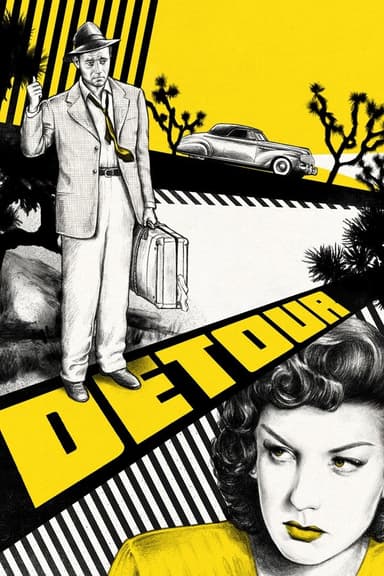
The Big Heat
1953 • Crime, Thriller
After the suspicious suicide of a fellow cop, tough homicide detective Dave Bannion takes the law into his own hands when he sets out to smash a vicious crime syndicate.
Runtime: 1h 29m
Why you should read the novel
If you want to experience the full depth and scope of The Big Heat, turning to William P. McGivern’s original novel is essential. The book delves into the psyche of its protagonist, offering insights and nuances that film alone cannot provide. McGivern’s prose explores the motivations, moral ambiguities, and inner struggles of Detective Dave Bannion in a way that brings a more intimate understanding of his crusade for justice.
The source novel paints a broader canvas, examining not only Bannion’s world but the city’s entangled forces of crime, corruption, and conscience. Characters are more fleshed out, and subplots omitted in the film reveal hidden layers of intrigue and personal sacrifice. The slow burn of suspense and tension provides a more immersive, psychological experience than the streamlined film adaptation.
Reading the book grants you the thrill of classic noir fiction, including narrative twists, rich character studies, and detailed atmosphere, all authored by a master of the genre. Rather than viewing the story through the film’s lens, you’ll become a participant in the dangerous, complex world McGivern created, discovering nuances and insights missed on screen.
Adaptation differences
One major difference between The Big Heat novel and its 1953 film adaptation lies in the complexity of its characters. In McGivern’s book, Dave Bannion’s inner life, motivations, and personal struggles are explored at length, offering readers a nuanced understanding of his resolve and the cost of his moral choices. The movie, by contrast, presents Bannion as a more straightforward hero, downplaying the self-doubt and darker impulses that make him so compelling in the original novel.
Another significant departure concerns the supporting cast and their development. Several characters and specific subplots from the book are either omitted or dramatically simplified for the film. The novel allows more space for secondary characters to develop, providing additional perspectives on the pervasive corruption and human drama surrounding Bannion’s investigation. This results in a richer, more multithreaded narrative on the page than in the tighter, more focused movie.
The themes and tone of McGivern’s work also diverge from the cinematic adaptation. The book pushes further into gray moral areas, exposing systemic corruption and exploring the psychological impact of violence on individuals and society. While the film is undeniably bleak, it ultimately offers a slightly more optimistic and conventional resolution, whereas McGivern’s ending leaves readers grappling with complex questions about justice and retribution.
Finally, certain key plot events are altered or excluded entirely in the translation from page to screen. The circumstances surrounding the death of Bannion’s wife, as well as details of Bannion’s investigation and confrontations with the criminal underworld, play out differently in the novel—often with less dramatic flair, but more realism and emotional weight. These differences make the book a distinct, sometimes more haunting experience than the film adaptation.
The Big Heat inspired from
The Big Heat
by William P. McGivern











